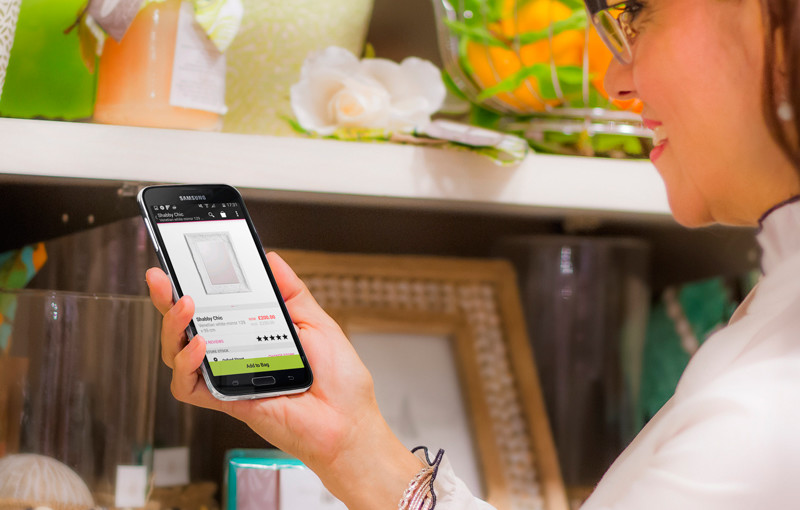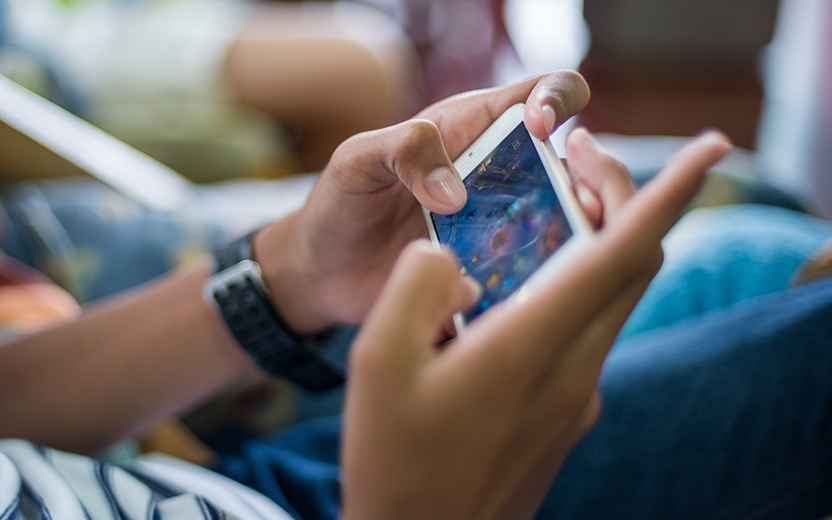3 reasons why apps work for baby boomers

Baby boomers, born between 1946 and 1964, make up nearly a quarter of the UK’s total population. This demographic spends more money than any other generation, according to Forrester. There is a common misconception that baby boomers don’t take too kindly to technology, though they are actually quite tech-savvy. In the US, for instance, one in four mobile shoppers is over the age of 55.
Shopping apps are valuable tools for more mature shoppers such as the baby boomers, especially when they support the in-store shopping journey. Our research around popular app features has uncovered three takeaways about app functions that bring the online world into hands of the in-store shopper.
Digital loyalty encourages app purchases
No one likes carrying around a wallet full of loyalty cards. There are different ways of taking loyalty mobile. Starbucks was one of the first to pioneer the space by integrating its loyalty scheme into its transactional app. Some retailers have tried the alternative of building a non-transactional app purely for the loyalty scheme. Iconic British department store Liberty recently discontinued its non-transactional loyalty app. Another basic alternative to a loyalty integration is offering a card for customers’ digital wallets. However, transactional retail apps with an integrated loyalty scheme provide an additional advantage: When the app is used to show the loyalty card to store staff, customers are twice as likely to make a purchase on the app than the average user.
The store finder boosts order sizes
One of the most popular store-related app features is the store finder. Shoppers use the app to find out where the nearest store location is, the branch opening times and contact numbers. Customers using the store finder spend over twice as long browsing the app than average, showing that they like to check out merchandise before they make their way to the store.
The store stock checker drives omnichannel shopping
The store stock checker is one of the most valuable omnichannel sales tools. It improves the quality of shopping at multiple points of the customer journey. It helps app users check stock availability of an item before they go to a store, and when used in combination with the barcode scanner, it enables customers to discover additional online information about a product, or order it online. Customers using this feature are nearly three times more likely to make an in-app purchase than the average shopper, and spend around five times longer browsing the app.
Peak trading will see retailers using their apps to introduce more exciting initiatives across channels. To give an example, House of Fraser has just made its catalogues digitally shoppable by adding a ‘Scan to Explore’ feature to its app.
To learn about more examples of effective app marketing, watch our webinar that covers how retailers such as Starbucks, Gilt and Flipkart grow their app audience.


